Product Description
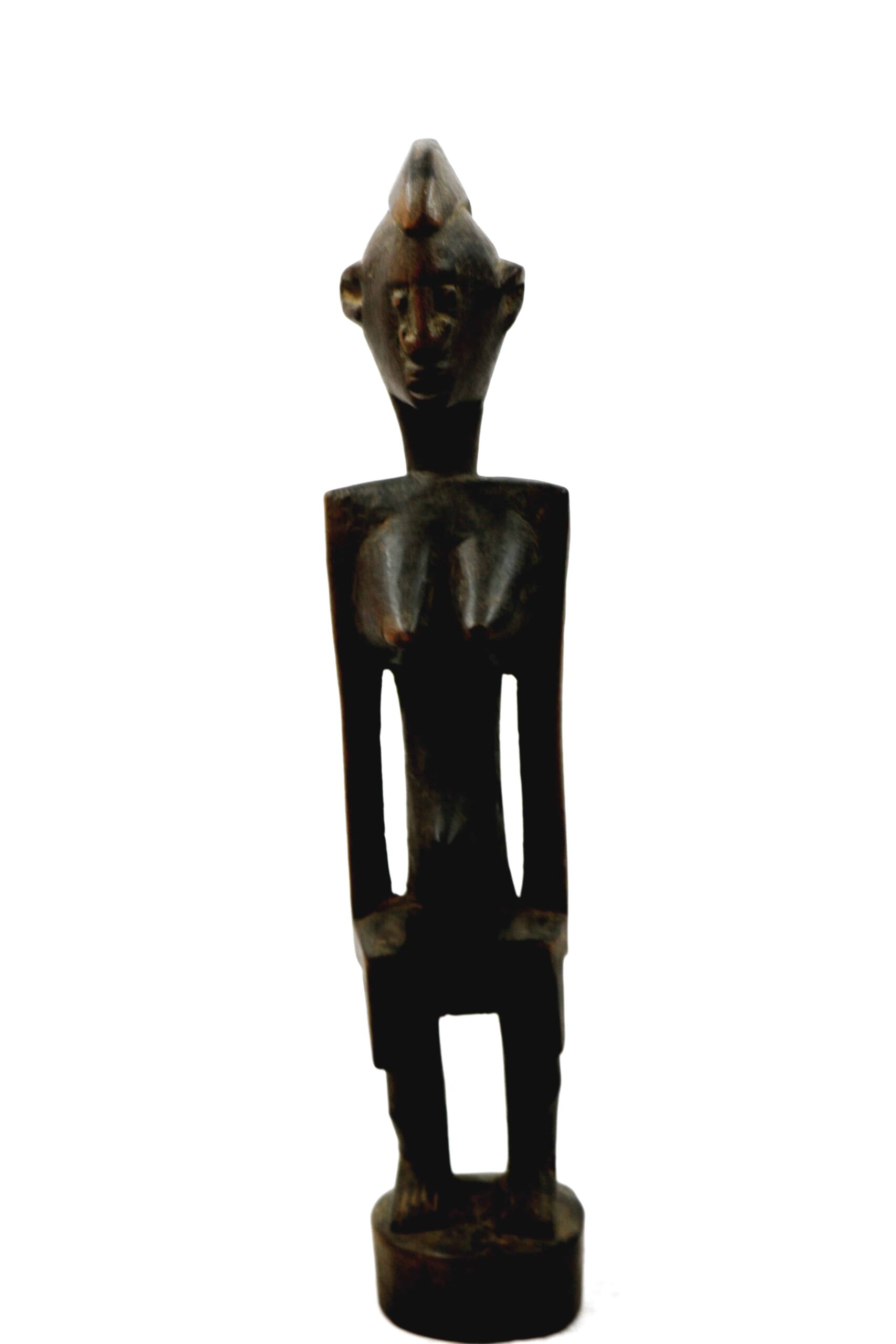
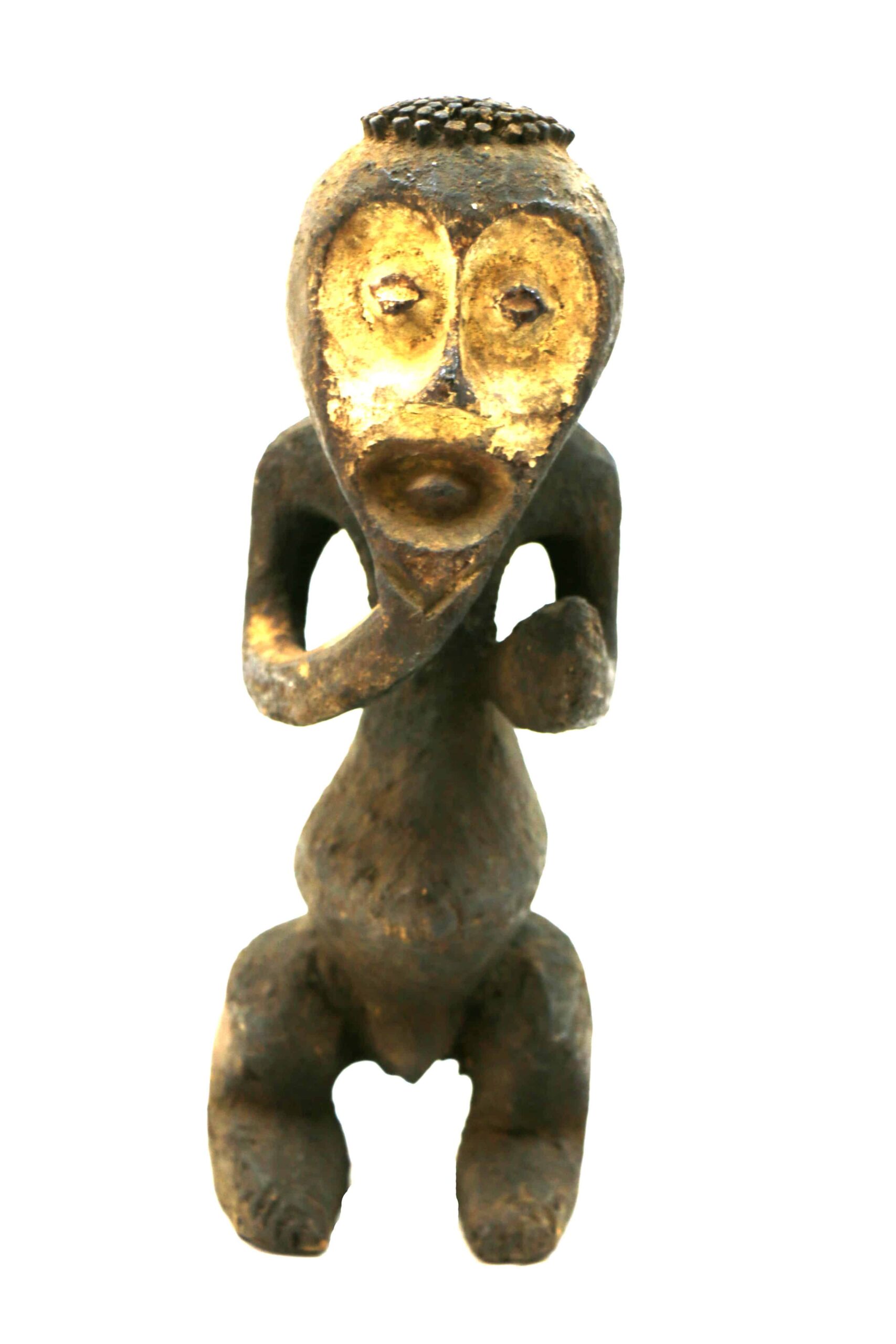
Bembe-Teke male kneeiling figure -Congo
This rare Bembe-Teke kneeling figure. originates from western Congo, to the north of the mouth of the Congo river. This figure has characteristic sculptural components of both the two neighboring ethnic groups Babembe and Bateke. Teke is also known for their creative arts. Teke sculptures have a religious function but are above all used for their magical qualities. The Teke have two sorts of statues: the Nkida which do not have a magical charge, and the Butti which do. The style of the statues is cubist with angular forms and a helm shaped coiffure. Teke statues are rarely feminine.
Made of 100% wood.
Model is W 33 – H 9 and weight 08 kg.
Description
This rare Bembe-Teke kneeling figure. originates from western Congo, to the north of the mouth of the Congo River. This figure has characteristic sculptural components of both the two neighboring ethnic groups Babembe and Bateke. Teke is also known for their creative arts. Teke sculptures have a religious function but are above all used for their magical qualities. The Teke have two sorts of statues: the Nkida which do not have a magical charge, and the Butti which do. The style of the statues is cubist with angular forms and a helm shaped coiffure. Teke statues are rarely feminine.
The Bembe form a small group of 60 to 80,000 people; they live on the plateaus situated to the north of the Zaire River, as well as on the shores of Stanley Pool and in the cities of Brazzaville, Dolisie, and Pointe-Noire. The Bembe had close contacts with their neighbors the Teke, but Kongo contributions were essential to their culture and traditions. Their social organization was based on the matrimonial clan, whose members could live in several villages. The Bembe believed in a creator god, Nzambi, whom they did not depict figuratively. He was the master of the life and death – unless the latter was due to the act of a sorcerer, ndoki, who could magically “eat” the life force of clan members. The ancestors had close ties with the living and received offerings through the “priest,” who made appeals to statuettes, the kitebi or bimbi, consecrated by the sorcerer. These figurines were the idealized images of the ancestors and would often wear attributes that allowed them to be identified as medicine men or hunters. The ancestor worship among the Bembe is older, though, and precedes the use of magic statues, nkisi, by the sorcerers.
Additional information
| Weight | 0.8 kg |
|---|---|
| Dimensions | 9 × 33 cm |
| Color | |
| Material |
Leave a reply Cancel reply
Returns and Exchanges
There are a few important things to keep in mind when returning a product you purchased.You can return unwanted items by post within 7 working days of receipt of your goods.
- You have 14 calendar days to return an item from the date you received it.
- Only items that have been purchased directly from Us.
- Please ensure that the item you are returning is repackaged with all elements.
Ship your item back to Us
Firstly Print and return this Returns Form to:
30 South Park Avenue, San Francisco, CA 94108, USA
Please remember to ensure that the item you are returning is repackaged with all elements.
For more information, view our full Returns and Exchanges information.

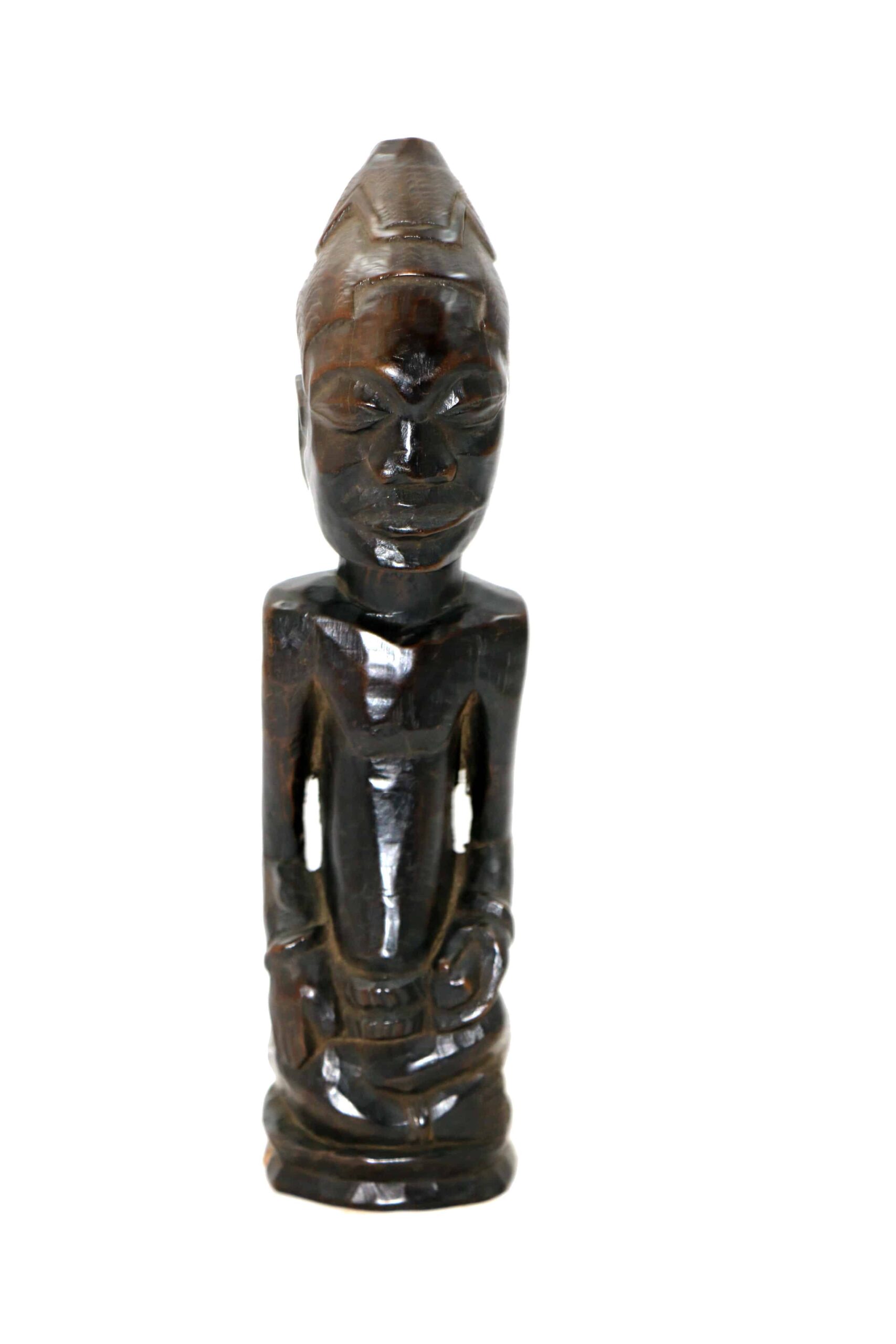
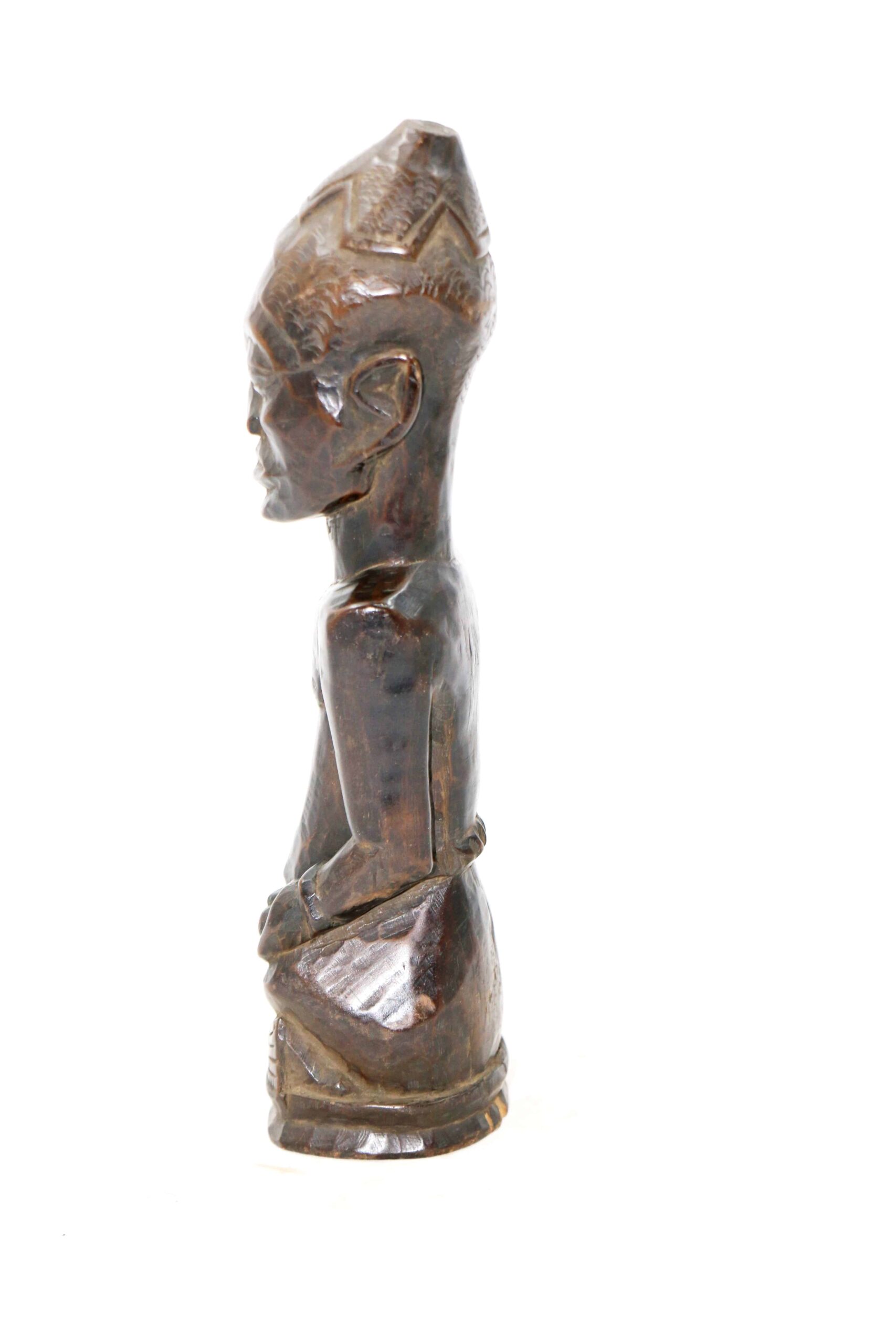

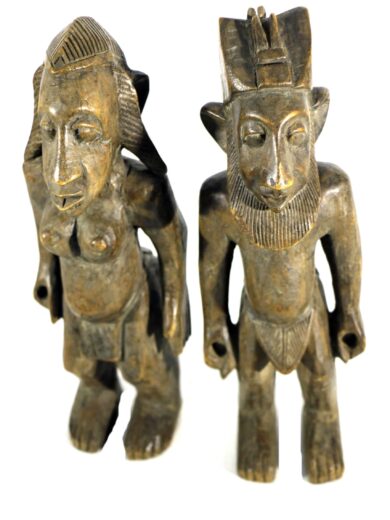
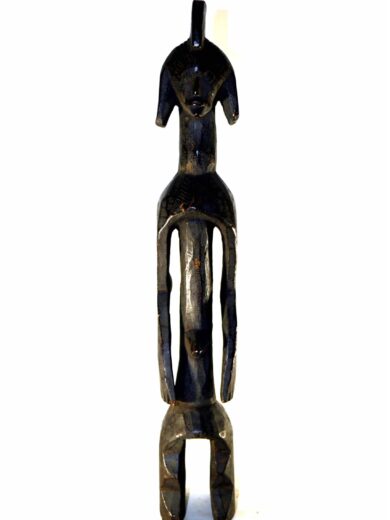
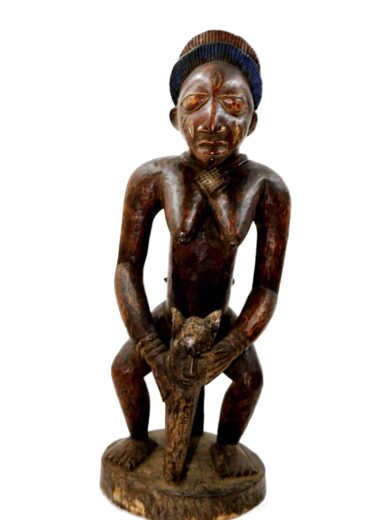
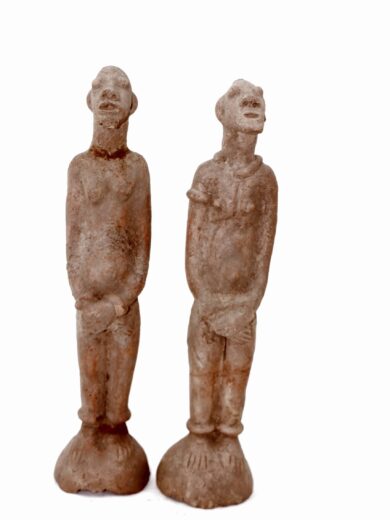
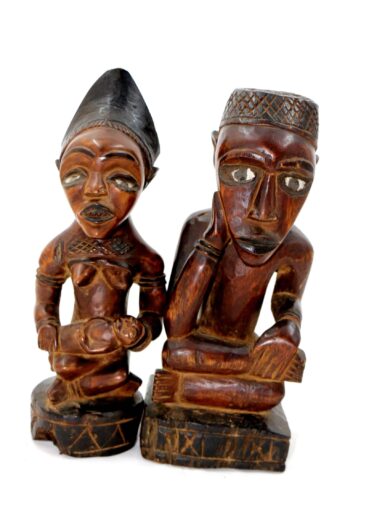
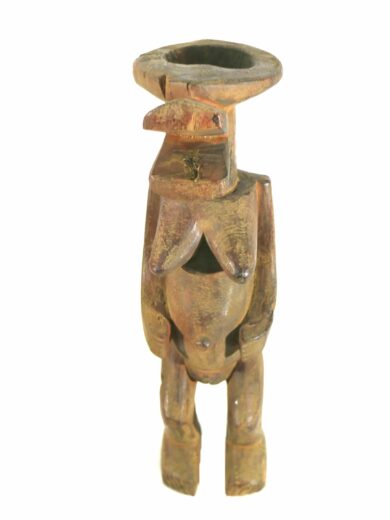
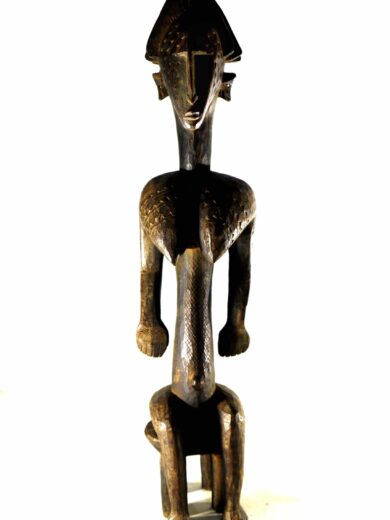
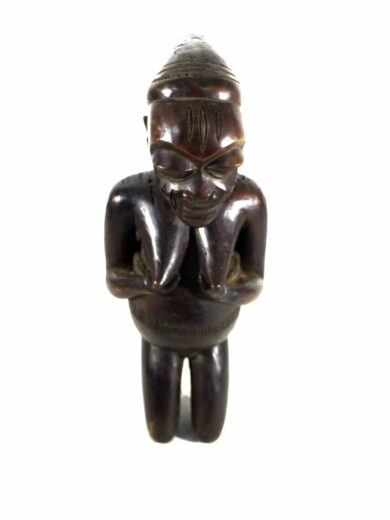
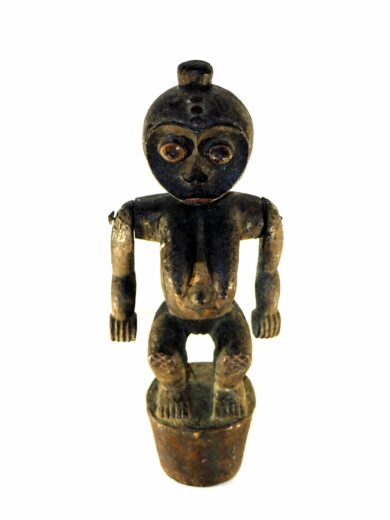
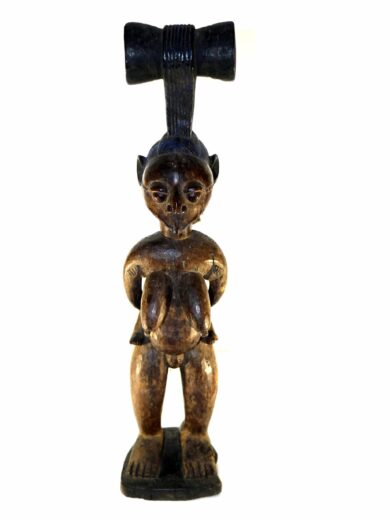
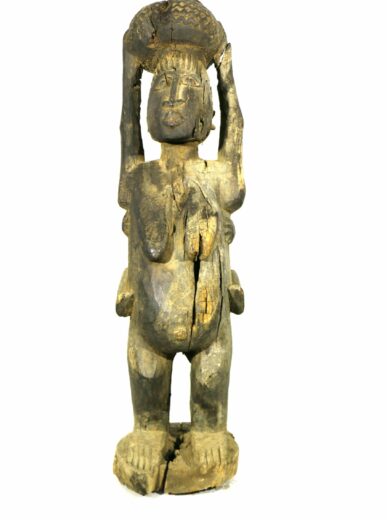
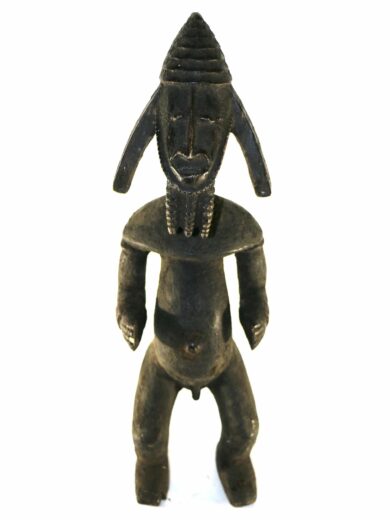
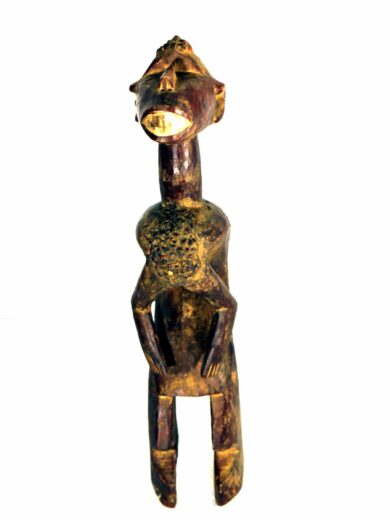
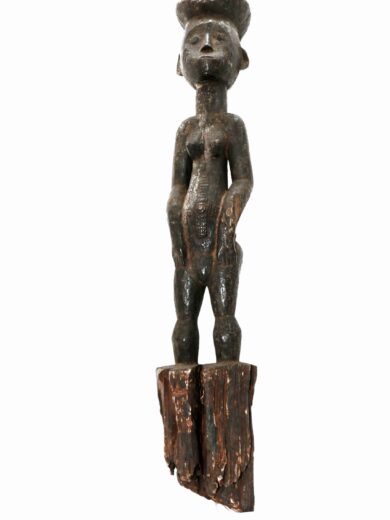
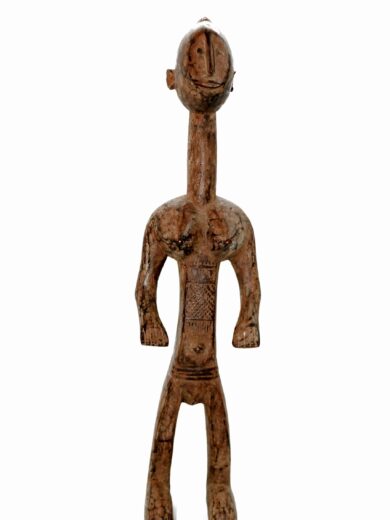
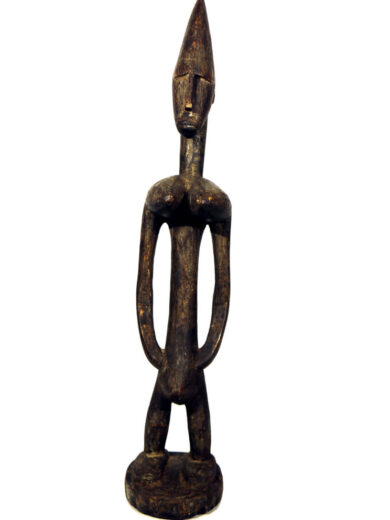
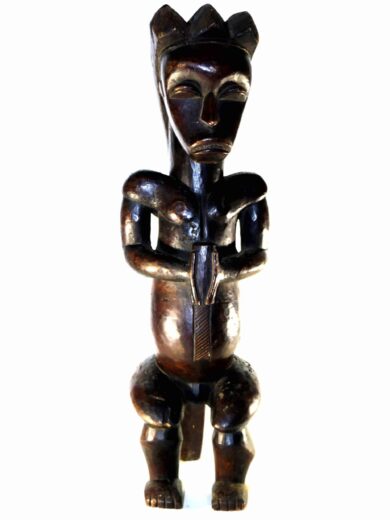
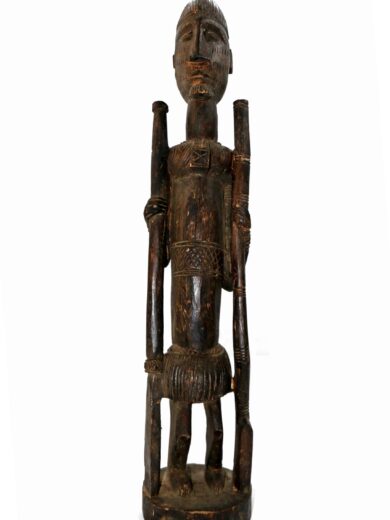
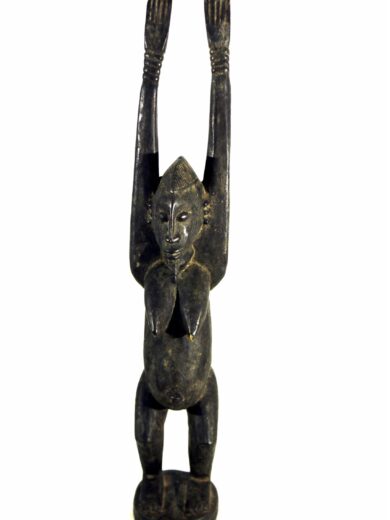
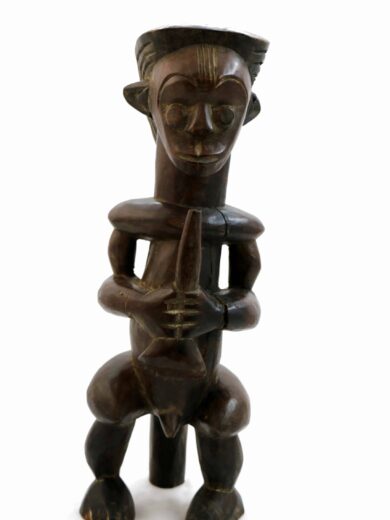
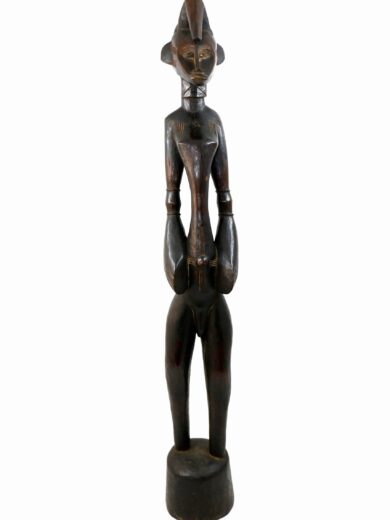
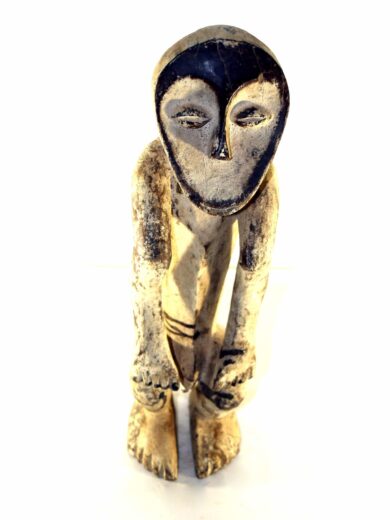
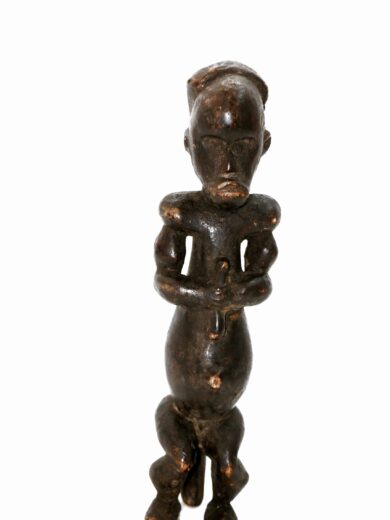
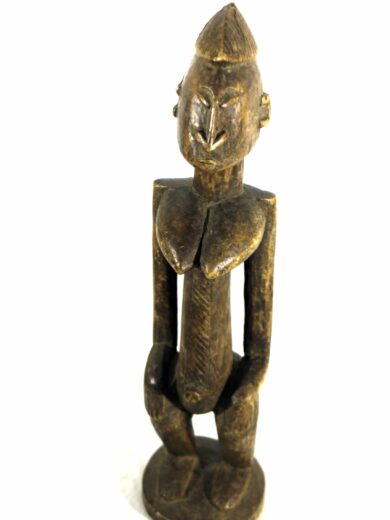
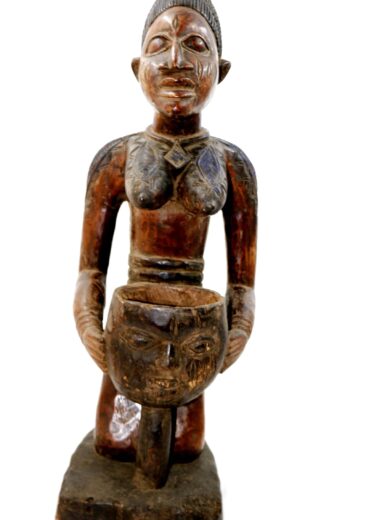
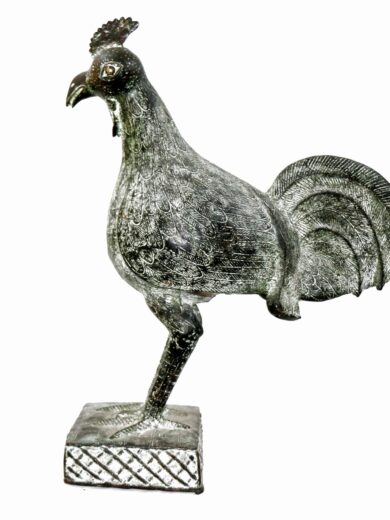
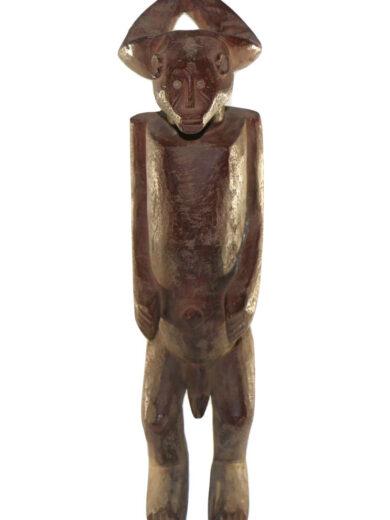
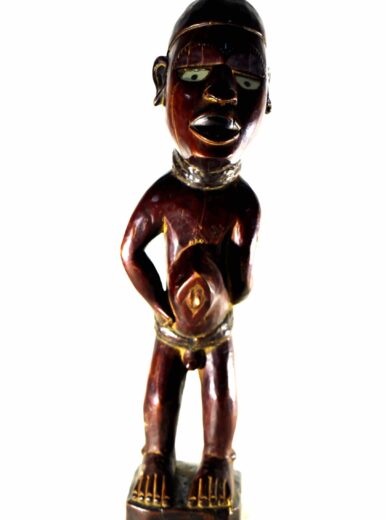
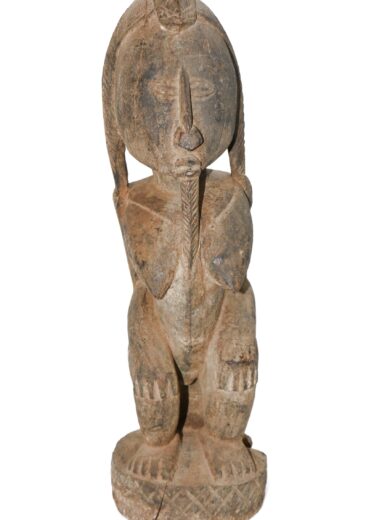
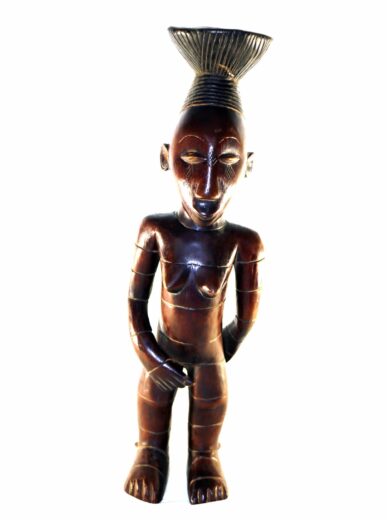
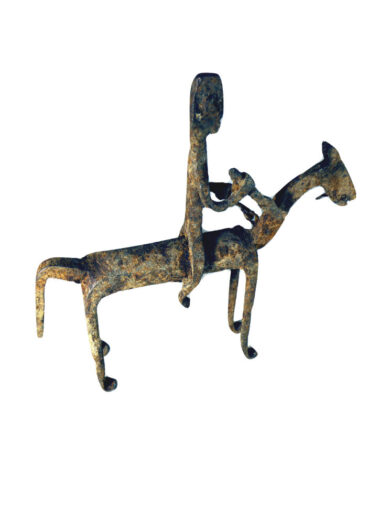
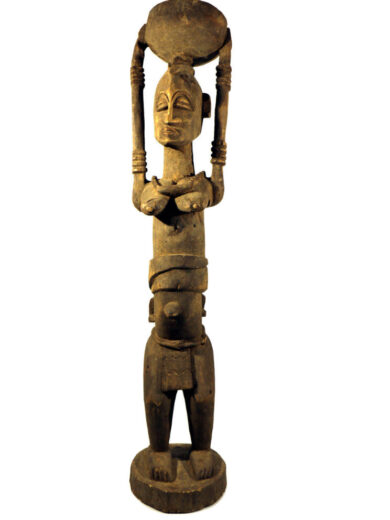
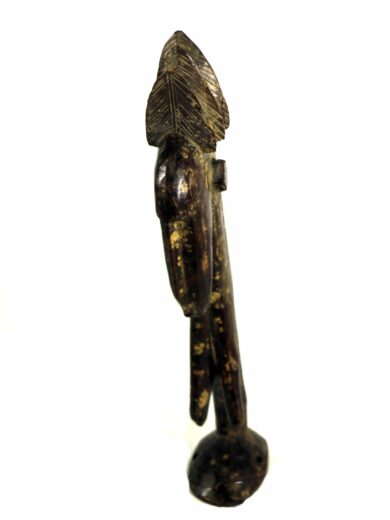
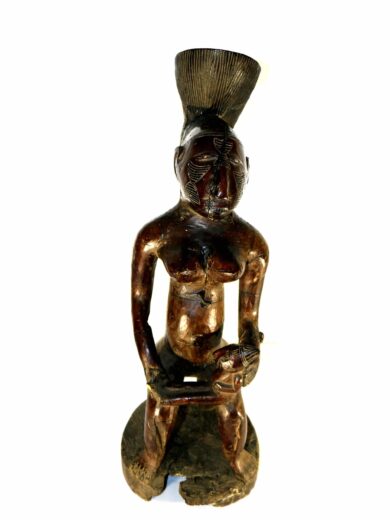
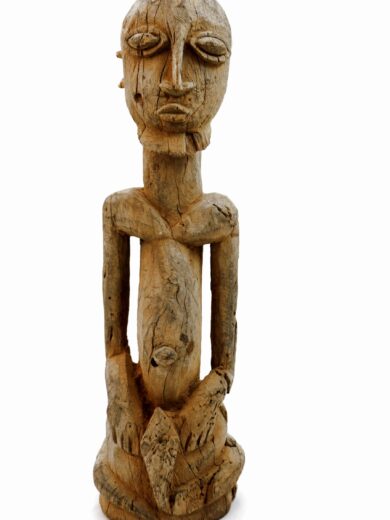
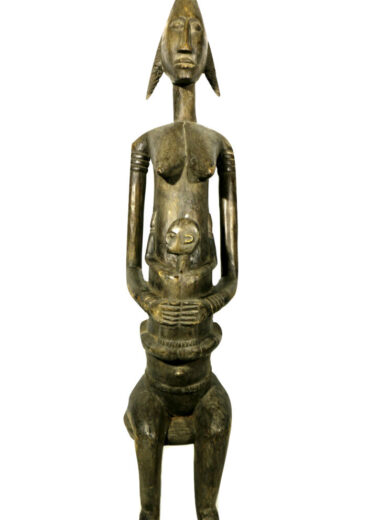
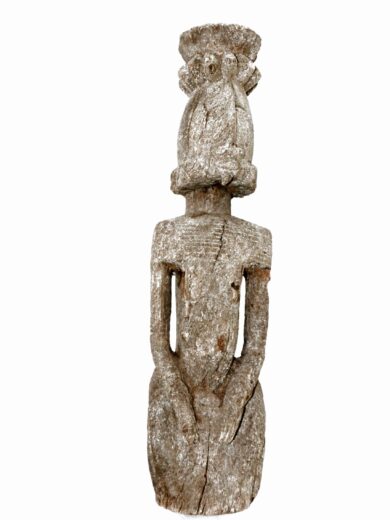
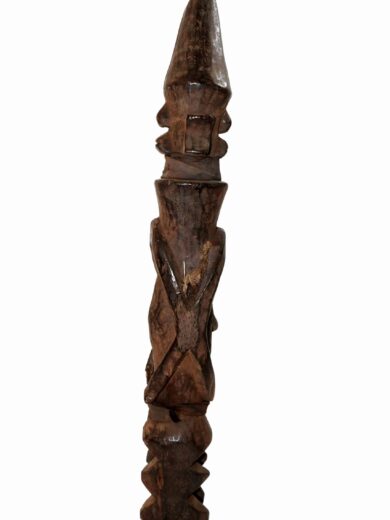
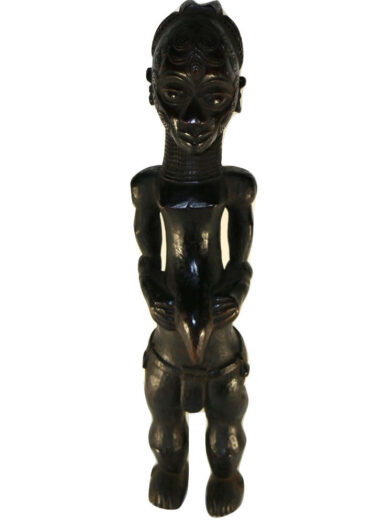
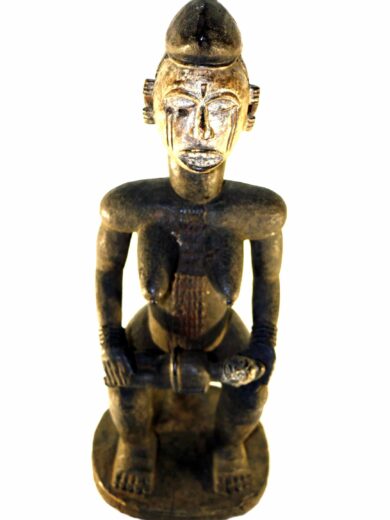
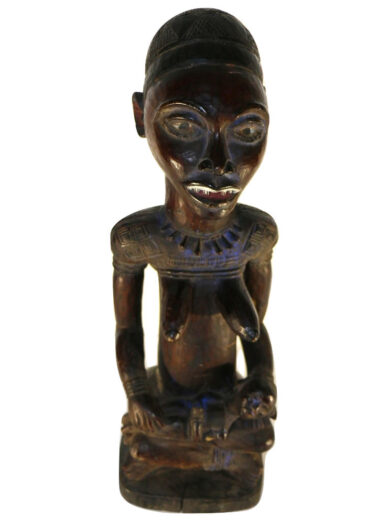
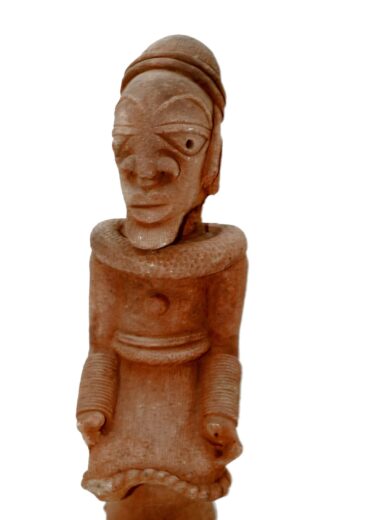
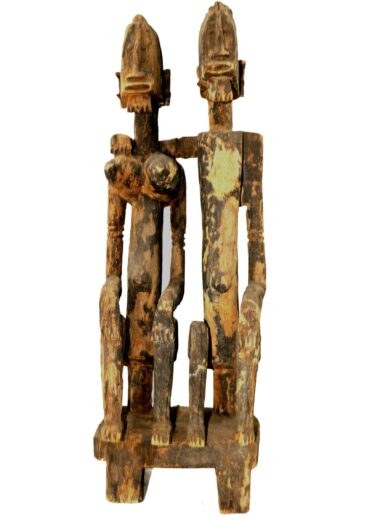
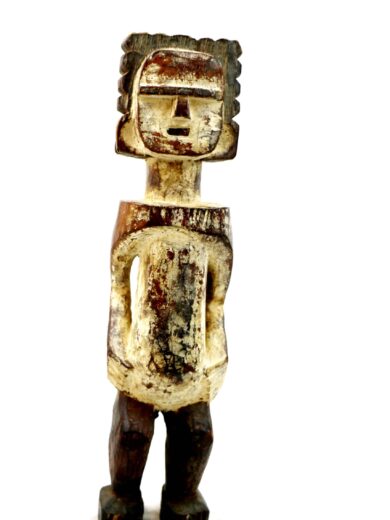
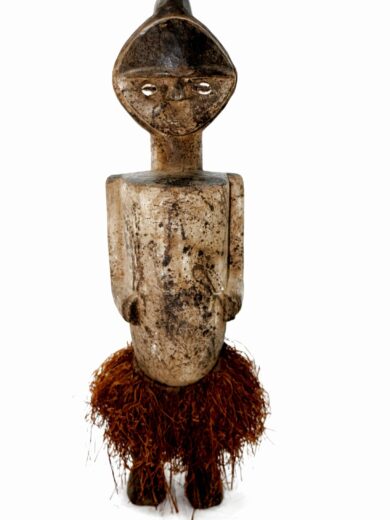
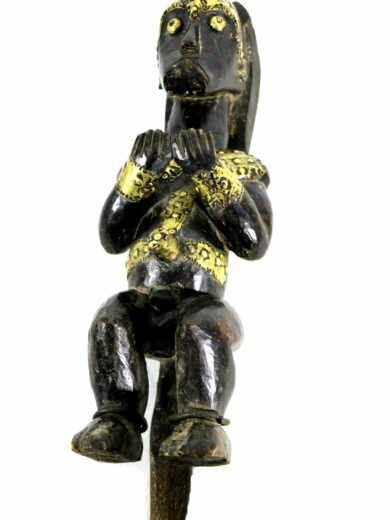
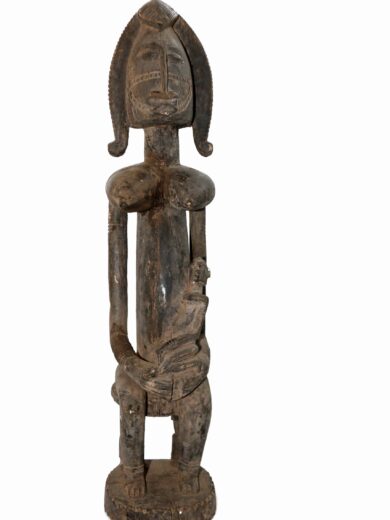
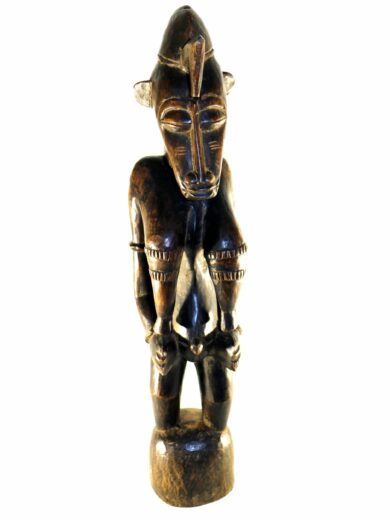
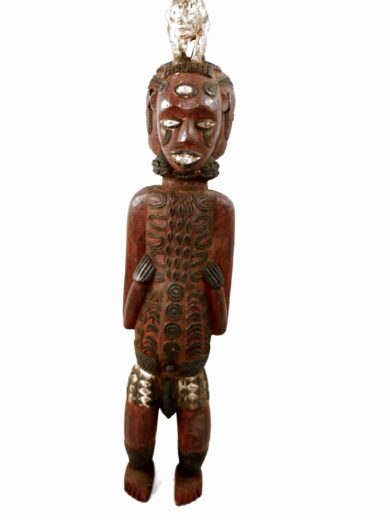
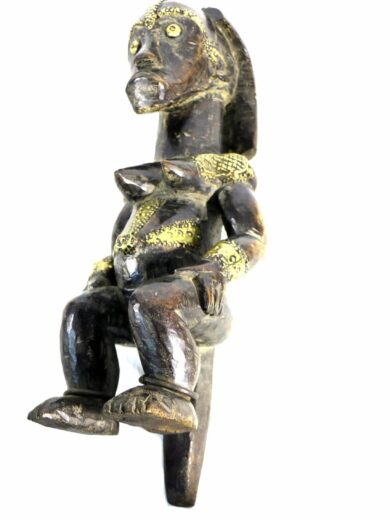

Reviews
There are no reviews yet.